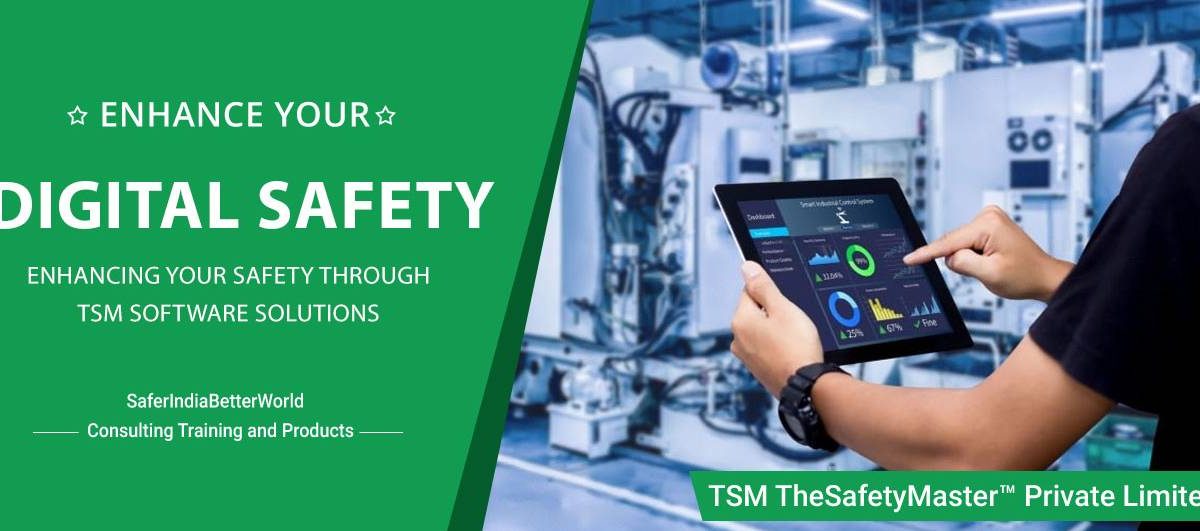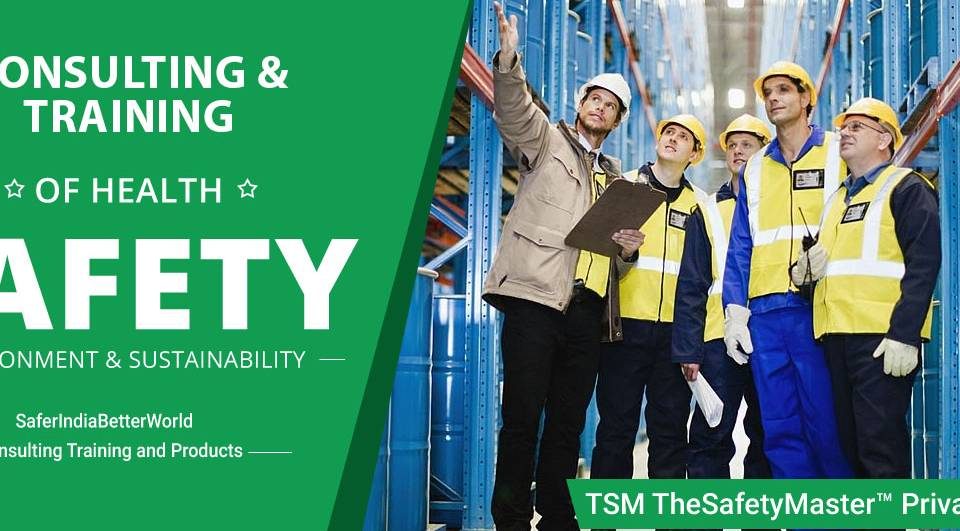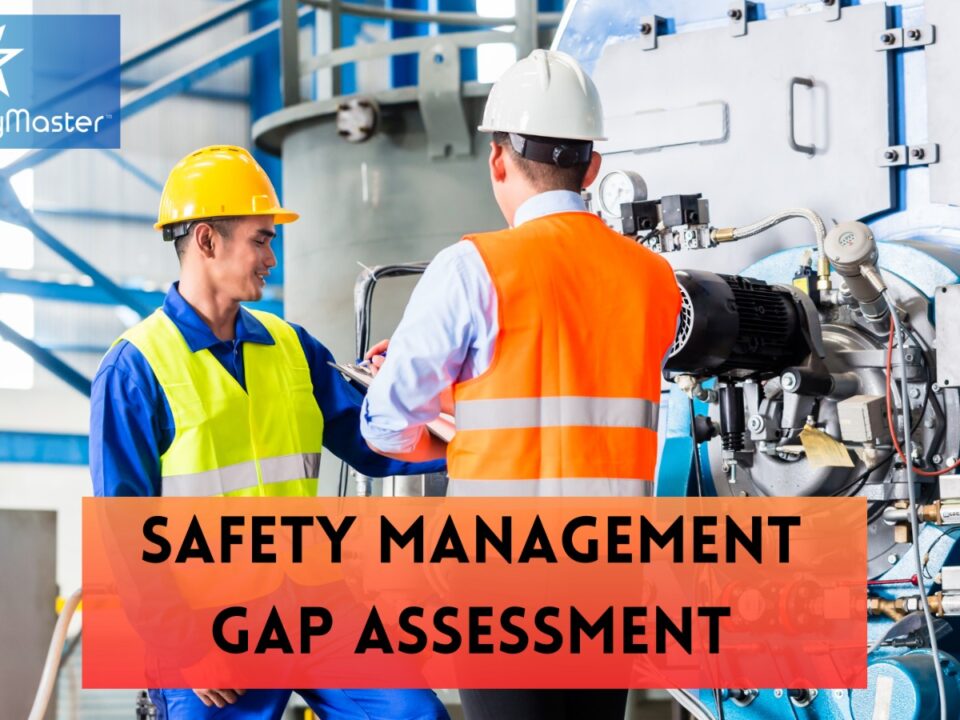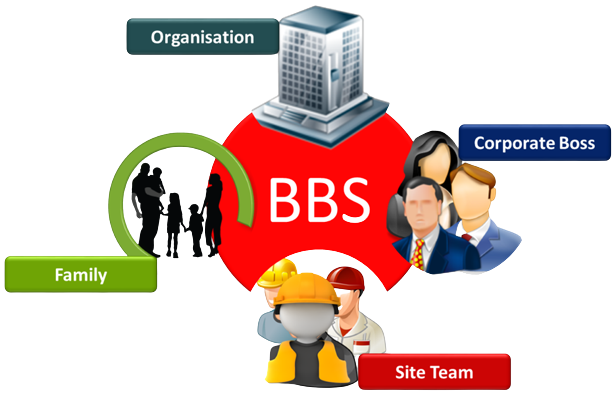Excavation and Trenching Safety

Role of Leadership in Promoting a Culture of Safety: A Behavior-Based Safety Audit Approach
June 20, 2024
Process Hazard Analysis Training – The Safety Master
June 22, 2024Excavation and trenching are among the most hazardous construction operations. However, with proper safety measures, these risks can be significantly mitigated. This comprehensive guide aims to provide valuable insights into Excavation and Trenching Safety, adhering to the best practices and regulatory requirements to ensure a safe working environment.
Understanding Excavation and Trenching
Excavation refers to the process of moving earth, rock, or other materials with tools, equipment, or explosives. Trenching is a specific type of excavation where the depth is greater than the width. These activities are common in construction projects, such as laying foundations, installing utilities, or constructing roads.
Importance of Excavation and Trenching Safety
Excavation and Trenching Safety is crucial to prevent accidents and injuries. The dangers associated with these activities include cave-ins, falling loads, hazardous atmospheres, and mobile equipment incidents. Ensuring safety not only protects workers but also enhances project efficiency and reduces financial losses.
Primary Risks in Excavation and Trenching
Cave-Ins
Cave-ins pose the greatest risk to workers during trenching operations. Soil can suddenly shift, trapping workers beneath. According to the Occupational Safety and Health Administration (OSHA), cave-ins are the leading cause of fatalities in excavation work.
Falls and Falling Loads
Workers and equipment can fall into excavations, causing severe injuries or death. Additionally, loads being moved or lifted near excavation sites can fall and strike workers.
Hazardous Atmospheres
Excavations may expose workers to hazardous atmospheres, such as toxic gases, lack of oxygen, or flammable vapors. These conditions can be life-threatening without proper ventilation and monitoring.
Equipment Hazards
Mobile equipment operating near excavations can cause accidents. Workers can be struck by equipment or caught in-between machinery and trench walls.
Best Practices for Excavation and Trenching Safety
Adhering to safety protocols is essential for Excavation and Trenching Safety. Here are key practices to follow:
Pre-Excavation Planning
Before beginning any excavation project, a thorough plan should be developed. This includes:
- Identifying and marking utility lines: Contact utility companies to locate and mark underground utilities to prevent accidental damage.
- Assessing soil conditions: Understanding the type of soil helps determine the appropriate protective systems to use.
- Developing a safety plan: Outline procedures for emergency situations and ensure all workers are familiar with the plan.
Protective Systems
Using protective systems is vital to prevent cave-ins. OSHA recommends three primary types of protective systems:
- Sloping: Cutting the trench wall at an angle inclined away from the excavation to prevent collapse.
- Shoring: Installing supports to prevent soil movement and cave-ins.
- Shielding: Using trench boxes or other types of supports to protect workers within the trench.
Proper Use of Equipment
Ensuring that equipment is used correctly and maintained properly is a critical aspect of Excavation and Trenching Safety:
- Regular inspections: Inspect equipment daily before use to identify any defects or malfunctions.
- Qualified operators: Only trained and certified personnel should operate excavation equipment.
- Safety checks: Perform regular safety checks, including testing the stability of trench walls and ensuring protective systems are in place.
Training and Competency
Comprehensive training is essential for workers involved in excavation and trenching operations. Training should cover:
- Hazard recognition: Workers should be able to identify potential hazards associated with excavation and trenching.
- Emergency response: Training on emergency procedures, including evacuation routes and first aid.
- Use of protective equipment: Proper use and maintenance of personal protective equipment (PPE) such as helmets, gloves, and safety boots.
Monitoring and Inspections
Regular monitoring and inspections are crucial to maintaining Excavation and Trenching Safety:
- Daily inspections: Conduct daily inspections of excavation sites to identify any new hazards or changes in conditions.
- Competent person: Assign a competent person to oversee excavation activities and ensure compliance with safety standards.
- Atmospheric testing: Regularly test the atmosphere within trenches for hazardous gases or lack of oxygen.
Conclusion
Ensuring Excavation and Trenching Safety requires meticulous planning, adherence to safety protocols, and continuous monitoring. By implementing these best practices, we can significantly reduce the risks associated with excavation and trenching activities, ensuring a safer work environment for all.
At The Safety Master, we are committed to providing the highest standards of safety training and consulting services. Our expertise in Excavation and Trenching Safety ensures that your projects are conducted safely and efficiently. For more information on our services and how we can help you enhance safety on your worksites, contact us today.




